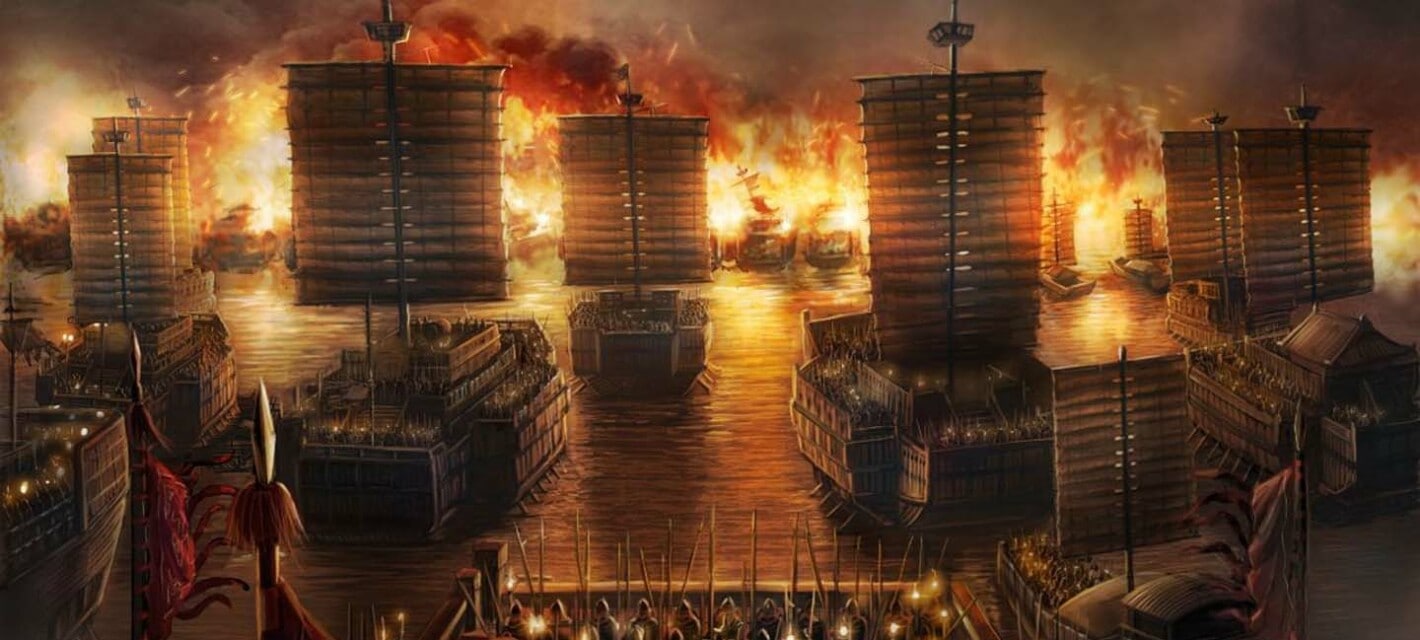A loser John or Jane Average has far less to fall before face planting than a loser in a position of power, whose screwup and fall can be epic. The damage can be to a reputation, such as that of the record company head who passed on history’s biggest band. Or it could be more concrete and affect millions, as happened when a medieval ruler called out Genghis Khan, and ended up with his entire empire destroyed. Below are twenty five things about those and other historic losers and loser moments.
The Chaotic Collapse of Han Dynasty China, and the Last Ditch Attempt to Reunify the Empire

The Han Dynasty ruled China from 202 BC to 220 AD, and fell into serious decline in its last decades. Uprisings, such as the Yellow Turban Rebellion, swept the empire, and the imperial armies were powerless to put them down. In what turned out to be an unwise decision, the government issued a call for help that was answered by regional strongmen, who raised their own forces to fight the rebels. They crushed the rebellions, but now with private armies under their command, turned into warlords who posed an even greater threat to the Han government. The new warlords fought amongst themselves, and the imperial government was unable to control the chaos it had unleashed.

China fractured into de facto independent fiefdoms ruled by warlords, and the emperors were reduced to figureheads and puppets. Eventually, a warlord named Tsao Tsao (alternatively, Cao Cao) came to the fore. Anything but a loser in the first part of his career, Tsao Tsao proved himself a ruthlessly capable general and politician. He defeated the warlords of northern China, and reunited it in the emperor’s name. That done, he turned his turned his attention to southern China. With a massive army that he claimed numbered more than 800,000 men, he marched to defeat his main remaining rivals, southern warlords Sun Quan and Liu Pei, and complete the reunification of China. As seen below, it ended in a shambolic defeat, as Tsao Tsao went from hero to zero, and from victor to epic loser.

